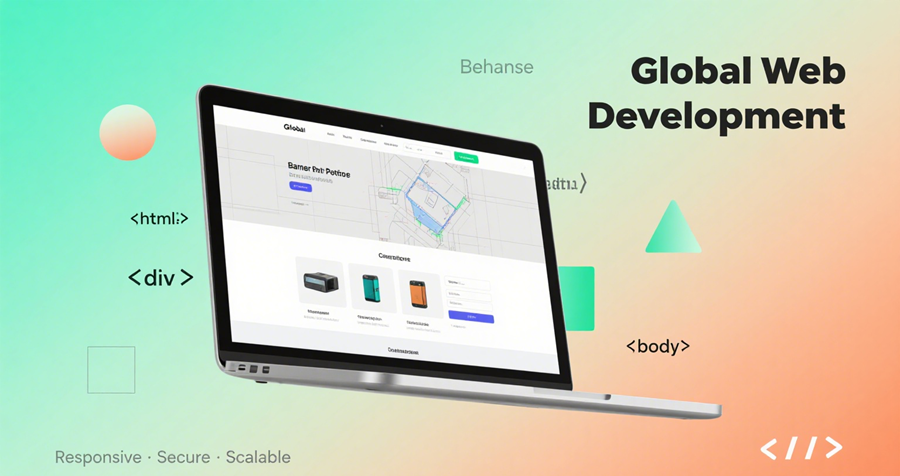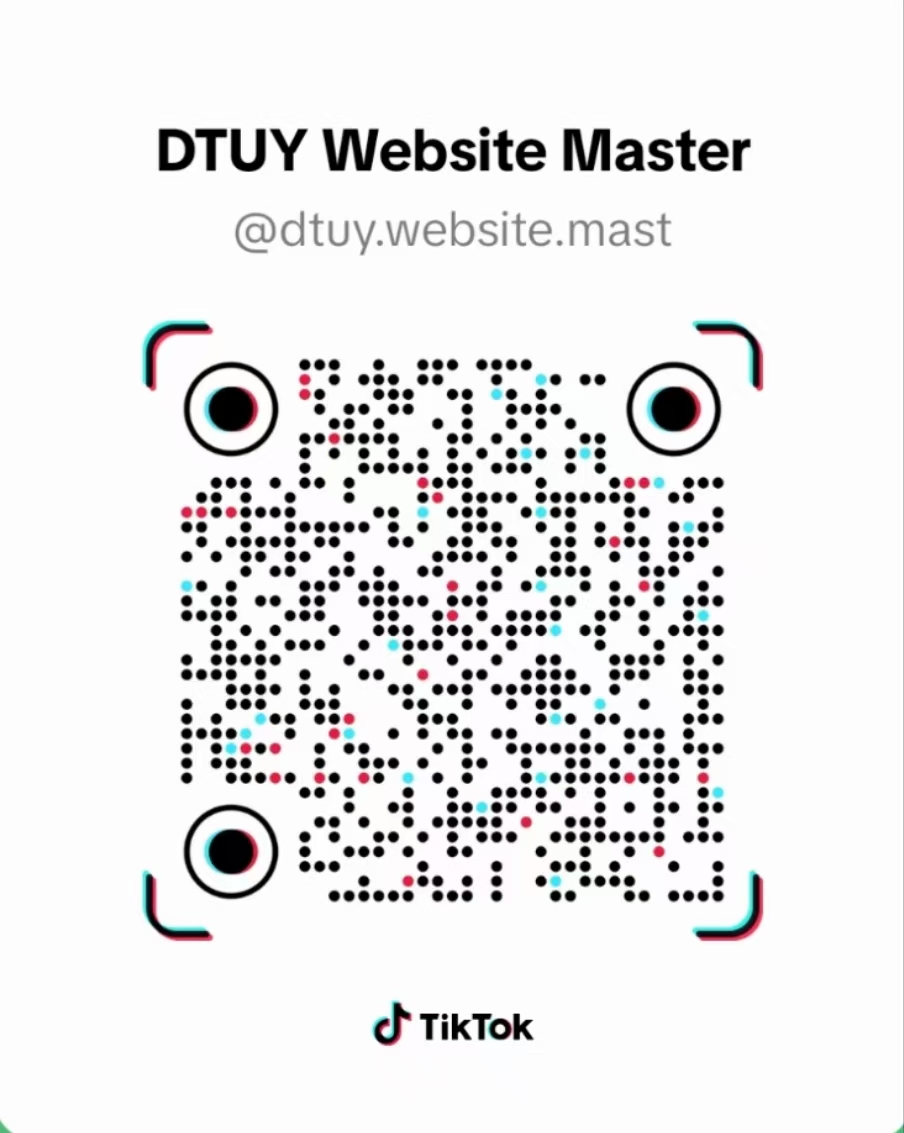Designing a website requires more than just an understanding of aesthetics and functionality; it involves a comprehensive approach that takes into account user experience, scalability, security, and deployment strategies. Today, more companies are opting for privatized deployment solutions to host their websites due to the increasing need for data security and control. This article discusses the essential steps for website design and why privatized deployment is becoming a crucial element in modern web development.
1. Defining the Website’s Purpose and Audience
Before diving into the design process, it is critical to first define the website’s purpose. The goals of a website could range from offering a service, providing information, showcasing a product, or facilitating e-commerce transactions. Understanding the audience is also key. For example, a site aimed at younger audiences may incorporate interactive features and modern design, while a site targeting professionals may emphasize a clean and structured layout.
Knowing your audience’s needs and preferences will guide the design and ensure that the website serves its intended purpose effectively. This step lays the foundation for creating an engaging, user-friendly site.

2. Creating an Intuitive Structure
A website's structure plays a vital role in how users interact with it. Clear navigation and an intuitive layout are essential for providing a seamless experience. This includes designing the homepage, creating well-organized menus, and ensuring that content is easy to find.
The website should include core elements such as an "About Us" page, contact information, services/products, and any other critical sections relevant to the site’s purpose. For e-commerce sites, you would also need to implement secure shopping carts, payment systems, and customer support tools.
3. Focusing on User Experience (UX)
User Experience (UX) design focuses on making a website easy to navigate and aesthetically pleasing. This includes making sure the website loads quickly, is mobile-responsive, and offers clear calls-to-action. A user-centric design will keep visitors engaged and reduce bounce rates.
When designing the user interface (UI), consider elements like fonts, colors, and images that resonate with the target audience. Moreover, ensuring a responsive design that adapts to different screen sizes is key to making your website accessible across various devices, including smartphones and tablets.
4. The Importance of Privatized Deployment in Website Design
When a website is designed and built, it needs to be hosted and deployed on a server. While many companies use public cloud services like Amazon Web Services (AWS) or Google Cloud, privatized deployment offers significant advantages, especially for businesses handling sensitive data.
a. Security and Data Control
One of the main reasons businesses choose privatized deployment is for enhanced security. By hosting the website on private servers or a dedicated data center, companies can have full control over their data, firewall settings, and other security measures. This is especially important for businesses that deal with sensitive customer information, such as financial data or personal records.
Public cloud services, although secure, operate on shared infrastructure, which may present a security risk for some organizations, particularly those in regulated industries like healthcare or finance. Privatized deployment ensures that the website and its data are fully isolated from other users, reducing vulnerabilities and ensuring compliance with data protection regulations.
b. Customization and Flexibility
Privatized deployment allows for greater customization and flexibility compared to shared or public cloud environments. Organizations can configure their servers to meet specific performance requirements, integrate custom software, and tailor the system to the unique needs of their website.
Additionally, private deployment can offer better resource allocation, as there are no other users competing for bandwidth or storage, resulting in improved website performance and faster load times.
c. Reliability and Performance
By using private servers, businesses can ensure that the website performs consistently and reliably. Public cloud services can experience downtime or performance issues when there is a surge in traffic, affecting the user experience. With privatized deployment, businesses have more control over their infrastructure, reducing the likelihood of such issues.
d. Compliance and Regulation
Many industries have strict compliance and regulatory requirements for data storage and processing. By choosing a privatized deployment option, businesses can ensure they meet these requirements, such as data residency regulations, which dictate where data must be stored.
5. Testing and Optimization
Once the website design is complete and deployed, it’s essential to test and optimize the site for performance and user experience. This includes checking for cross-browser compatibility, fixing broken links, optimizing images for faster loading times, and implementing SEO best practices.
Additionally, website analytics can provide valuable insights into user behavior, which can be used to make ongoing improvements to the site’s design and functionality.
Designing a website is not just about creating something visually appealing; it’s about ensuring that the website is functional, secure, and aligned with business objectives. Privatized deployment offers an added layer of control and security that is increasingly necessary in today’s digital landscape. By taking the time to design a user-friendly interface, ensuring robust security measures, and opting for a privatized deployment, businesses can create websites that provide an optimal user experience and safeguard sensitive data.
Rough Translation of the Key Points:
Website Design Basics: First, you need to define the website’s goals and audience, which influences the overall design, structure, and content. A clear and intuitive site structure is essential for a good user experience.
User Experience (UX): The focus should be on making the website easy to use, fast, mobile-friendly, and visually appealing to the target audience. Responsiveness across devices is critical.
Privatized Deployment: Hosting the website on private servers (as opposed to using public cloud platforms) provides greater security, data control, and customization options. It is crucial for businesses handling sensitive information or those in regulated industries.
Customization and Flexibility: Privatized deployment allows for more tailored server configurations and better resource allocation, leading to improved performance.
Compliance and Regulation: Privatized deployment also helps businesses comply with legal and regulatory requirements concerning data storage.
Testing and Optimization: After deployment, it's important to test the website thoroughly for performance, broken links, and SEO optimization, along with ongoing improvements based on user feedback.
DTUY Privatized Deployment for Cross-Border Website Development:DTUY offers a clear advantage in privatized deployment for international websites. In addition to website development, we provide a complete end-to-end solution that includes content architecture, SEO strategies, advertising recommendations, and more—transforming a simple website into a fully functional business system. Among the clients we’ve served, many companies experienced a surge in inquiries within just three months after their websites went live. This proves that a powerful system combined with effective operations can truly drive real results.




 95
95

















